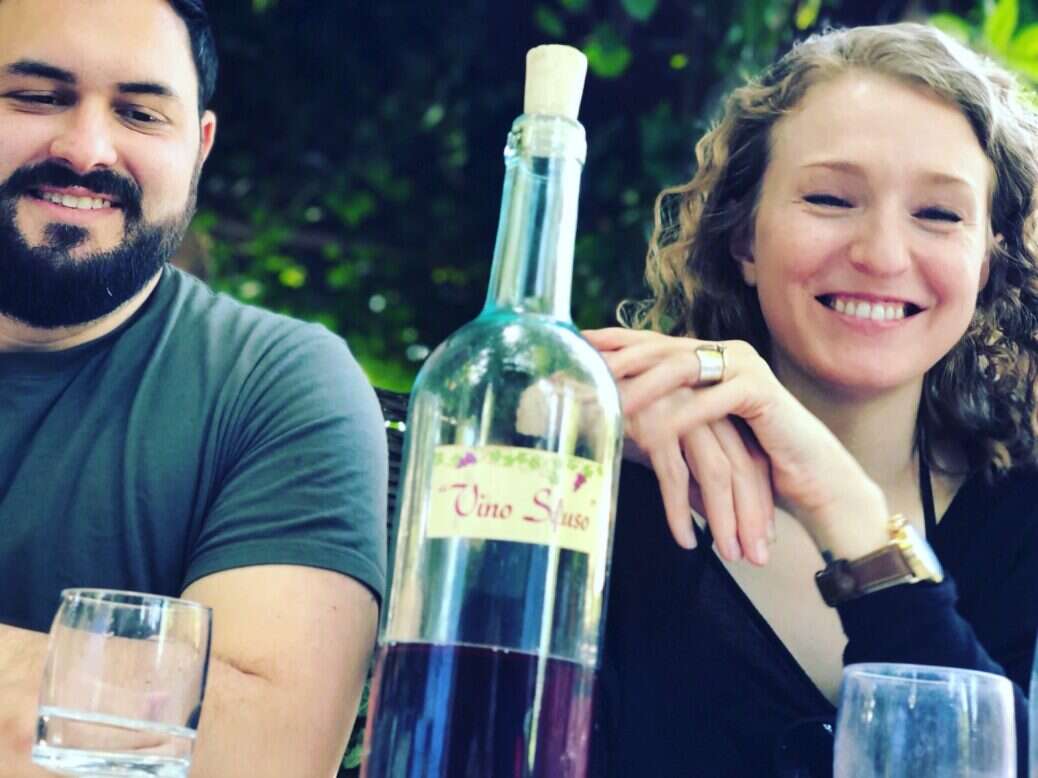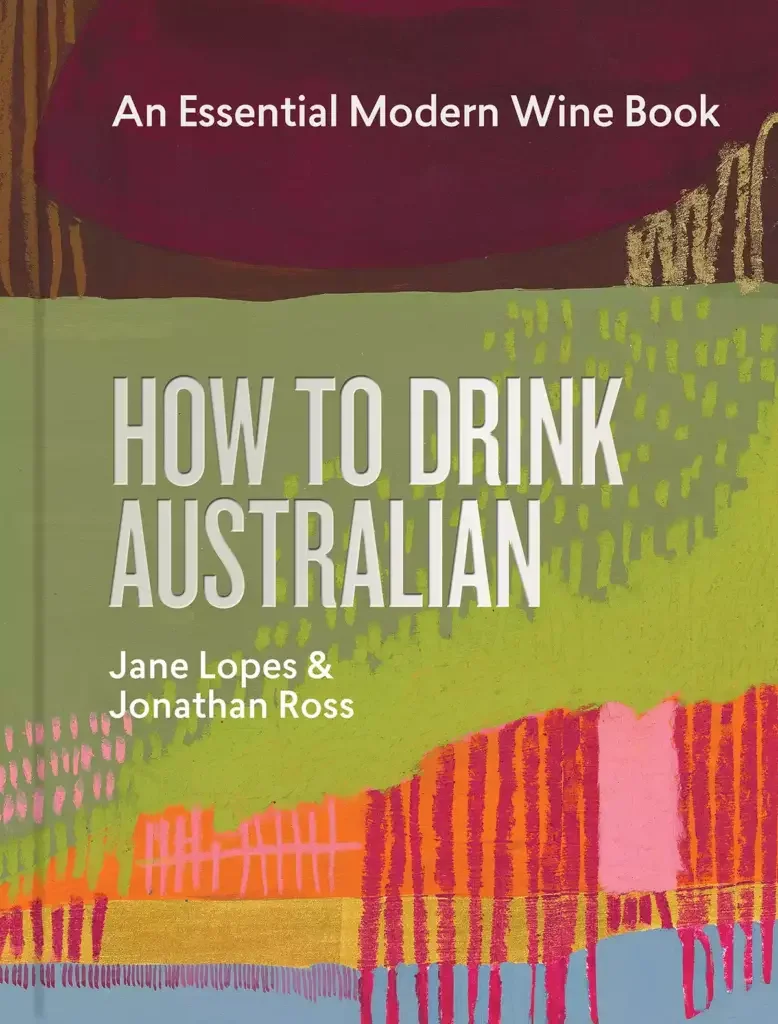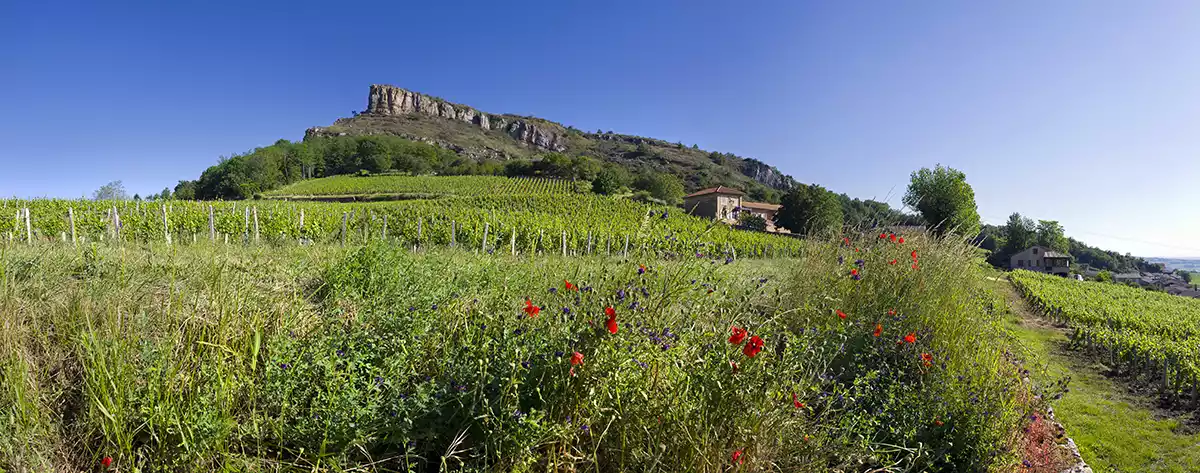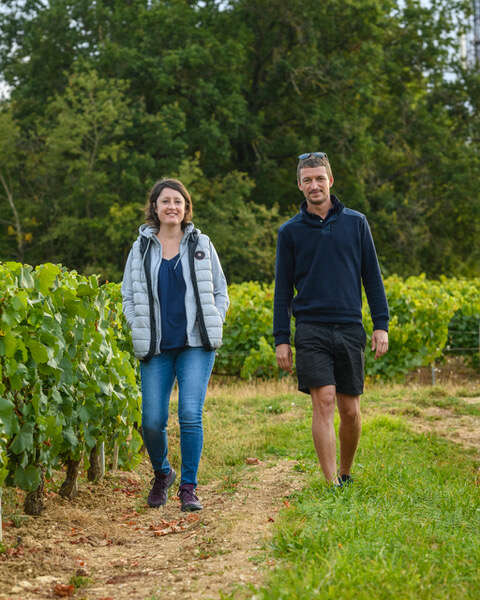
A much-needed new book on Australian wine upends the clichés and misconceptions and deserves the widest possible international audience, says Nick Ryan.
Long before boots of European leather made first impressions on Australian soil, the idea that something had to be down there was firmly entrenched in the northern-hemisphere consciousness. As far back as the time of Ptolemy in 2nd-century Alexandria, cartographers hypothesized that something significant had to exist beyond the boundaries of the known world. What was known in the north must be balanced by the unknown to the south. They called it Terra Australis Incognita—the Unknown Southern Land.
Eventually, they bumped into it. Dutchman Willem Janszoon charted 186 miles (300km) of the western side of what is now known as the Cape York Peninsula in 1606, becoming the first European to attempt to map this mystery. He was 60,000 years behind those who did it first. While his was map scrawled on paper, for Australia’s first inhabitants, theirs was a map drawn in story and song, a response to the nature of existence in a place rather than an effort to chart it, a cultural record of living in, on, and with country. The true Australia has existed somewhere in the gap between these two worlds ever since.
With some leaping of logic and drawing of longbows, you can say similar things about Australia’s wine industry. How to Drink Australian: An Essential Modern Wine Book is a particularly timely attempt to bring distant perceptions more closely in line with contemporary reality.
A quote from prominent American sommelier and author Victoria James sits with a series of others just inside the book’s handsomely designed front cover. It’s intended as an endorsement but actually encapsulates the very reason the book is so needed: “As an American sommelier, Australia was really one of those places that I thought was mostly full of funny critters and over-hyped wines…”
Australian wine is no stranger to clumsily drawn caricature. From Monty Python downward, there’s a long list of external observers keen to keep the country’s vinous output in a small box made from koala hides and emu feathers. That’s not exactly helped by the Australian wine industry’s peculiar penchant for self-sabotage. Back in the 1980s, the UK market fell for the bold and exuberant fruit flavors being produced on a large and reliable scale from Australia’s inland areas. “Sunshine in a bottle” was the marketing catch cry, and despite being better placed than most to know that too much sun isn’t necessarily a good thing, the commercial wing of the Australian wine industry set about getting even sunnier. The result was predictably Icarian.
It was the same instinct that prevailed in the late 1990s and early 2000s, which shaped too many wines to the broad grooves of one particular critical palate. Australia wasn’t alone in doing so but seems to be the only culprit still being punished for it. Between the garish bookends of Critter Wines and Parkerization sat an eclectic winemaking community of strong historical footing, broad global experience, and enormous diversity of outlook and approach—being largely ignored.

Australian wine: A unique perspective
This is what Jane Lopes and Jonathan Ross found waiting for them when they arrived in Australia from the United States. The couple had been lured by high-profile sommelier jobs in Melbourne—Lopes at the celebrated Attica, Ross at the big-money Rockpool Group—befitting résumés that included establishments like New York’s Eleven Madison Park.
After three years in Australia, they returned to the US to start importing Australian wine and begin work on this book. It is a deep dive into contemporary Australian wine told from a unique perspective—that of outsiders who have been fully immersed and have emerged to spread the word. Damascene converts from down under, just not quite so preachy.
They’ve produced the best book on modern Australian wine in years. It’s insightful and considered, beautifully designed and precisely written, and packed with enough detail to satisfy the scholar while also containing just the right amount of pithiness for those who will dip in and out of it over time.
It’s cleverly structured, tackling each of Australia’s winemaking states in turn and dividing them into their major regions. Each regional section is broken down into an introduction, a history under the heading “Evolution of Wine,” a detailed discussion of the region’s physical characteristics and key climate numbers titled “Lay of the Land,” and an examination of contemporary issues facing the region titled “Hubbub.” Where books of similar intent have fallen into travelogue traps and simply regurgitate the lowest-hanging informational fruit, there is both serious detail and genuinely fresh insight spread across these pages.
The “Hubbub” passages in each section are especially meritorious, applying clear-headed analysis of the major regions’ most pressing issues. From the Clare Valley’s focus on water security, to Margaret River’s wrestling with notions of subregionality, and from the Barossa Valley’s efforts to ensure its precious old vineyards remain free from the phylloxera scourge, to the Mornington Peninsula’s curious battle with the uniquely Australian trait of chipping away at another’s success, these sections paint a clear and accurate portrait of places that a casual visitor would never see.
Within each region, the authors, along with an Australian-based team of wine writers and communicators comprising Mike Bennie, Kavita Faiella, and Hannah Day, select a number of the finest producers to highlight. While a dozen different authors would create a dozen different lists, those highlighted here represent a very carefully curated lineup, covering both the classic and cutting-edge faces of each region. There can be quibbles about exclusion but certainly none around inclusion. Each region is also gifted a carefully detailed new map by wine-obsessed cartographer Martin von Wyss.
However, it is perhaps the biggest authorial risk that delivers the biggest reward. At a time when Australia is trying to take difficult steps toward true reconciliation with its First Nations people, Lopes and Ross have put Indigenous connection to the land at the forefront of their Australian wine story. What could come off as tokenism traveling on a foreign passport is, instead, deft, respectful, and warranted. The book’s opening deals with Australia’s beginnings, both geological and anthropological. It sets the framework that supports and informs what follows: Just what does it mean to make wine in a modern world on the oldest land on Earth, home to the longest living culture on the planet?
It is a question many contemporary Australian winemakers are asking themselves as they seek to understand more about the land they work by turning to the teachings of a culture that doesn’t believe they are owners or even custodians of the land but actual extensions of it. To ignore that, in a book devoting 500 pages to how Australia is expressed in its wines, would have been hollow. To blunder in without understanding would have been worse. But Lopes and Ross, their co-contributors and sources, have done it beautifully. This book deserves the widest possible international audience for many reasons, but this is perhaps the most important one of all.
How to Drink Australian: An Essential Modern Wine Book
Jane Lopes and Jonathan Ross, with Kavita Faiella, Mike Bennie, Hannah Day, and original maps by Martin von Wyss
Published by Murdoch Books
495 pages; $60 / £40 / A$80






